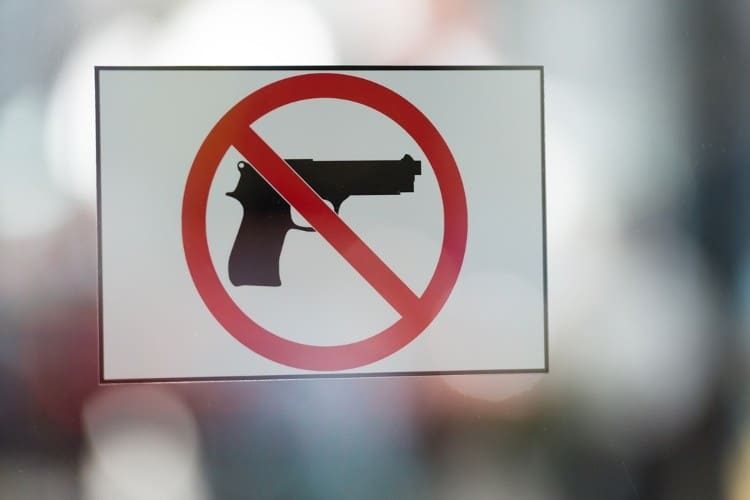
The U.S. Supreme Court (SCOTUS) ruling in United States v. Rahimi announced earlier today upholds restrictions that prohibit domestic violence perpetrators from possessing firearms. The Court’s 8-1 majority opinion stated regulations that restrict dangerous individuals from possessing firearms are constitutional:
When an individual has been found by a court to pose a credible threat to the physical safety of another, that individual may be temporarily disarmed consistent with the Second Amendment. Pp. 5–17. (a) Since the Founding, the Nation’s firearm laws have included regulations to stop individuals who threaten physical harm to others from misusing firearms. As applied to the facts here, Section 922(g)(8) fits within this tradition.
Taken together, the surety and going armed laws confirm what common sense suggests: When an individual poses a clear threat of physical violence to another, the threatening individual may be disarmed. Section 922(g)(8) is by no means identical to these founding era regimes, but it does not need to be. See Bruen, 597 U. S., at 30. Its prohibition on the possession of firearms by those found by a court to present a threat to others fits neatly within the tradition the surety and going armed laws represent.
Concurring Associate Justice Sonia Sotomayor stated courts applying the Bruen decision should consider if regulating firearms is consistent to regulatory tradition:
The Court’s opinion also clarifies an important methodological point that bears repeating: Rather than asking whether a present-day gun regulation has a precise historical analogue, courts applying Bruen should “conside[r] whether the challenged regulation is consistent with the principles that underpin our regulatory tradition.”
Dissenting Associate Justice Clarence Thomas wrote in his opinion that the Government justification to restrict firearm possession has no constitutional basis:
The Government’s claim that the Court already held the Second Amendment protects only “law-abiding, responsible citizens” is specious at best.7 See ante, at 17. At argument, the Government invented yet another position. It explained that when it used the term “responsible” in its briefs, it really meant “not dangerous.” See Tr. of Oral Arg. 10–11. Thus, it posited that the Second Amendment protects only law-abiding and non-dangerous citizens. No matter how many adjectives the Government swaps out, the fact remains that the Court has never adopted anything akin to the Government’s test. In reality, the “law-abiding, dangerous citizen” test is the Government’s own creation, designed to justify every one of its existing regulations. It has no doctrinal or constitutional mooring.
Concurring Associate Justice Brett Kavanaugh stated the U.S. government has long recognized constitutional rights come with exceptions, contrary to the opinion that rights grant absolute protection:
As Chief Justice Rehnquist explained, the Constitution is in some parts “obviously not a specifically worded document but one couched in general phraseology.” W. Rehnquist, The Notion of a Living Constitution, 54 Texas L. Rev. 693, 697 (1976). That is especially true with respect to the broadly worded or vague individual-rights provisions. (I will use the terms “broadly worded” and “vague” interchangeably in this opinion.) For example, the First Amendment provides that “Congress shall make no law” “abridging the freedom of speech.” And the Second Amendment, at issue here, guarantees that “the right of the people to keep and bear Arms” “shall not be infringed.” Read literally, those Amendments might seem to grant absolute protection, meaning that the government could never regulate speech or guns in any way. But American law has long recognized, as a matter of original understanding and original meaning, that constitutional rights generally come with exceptions.



